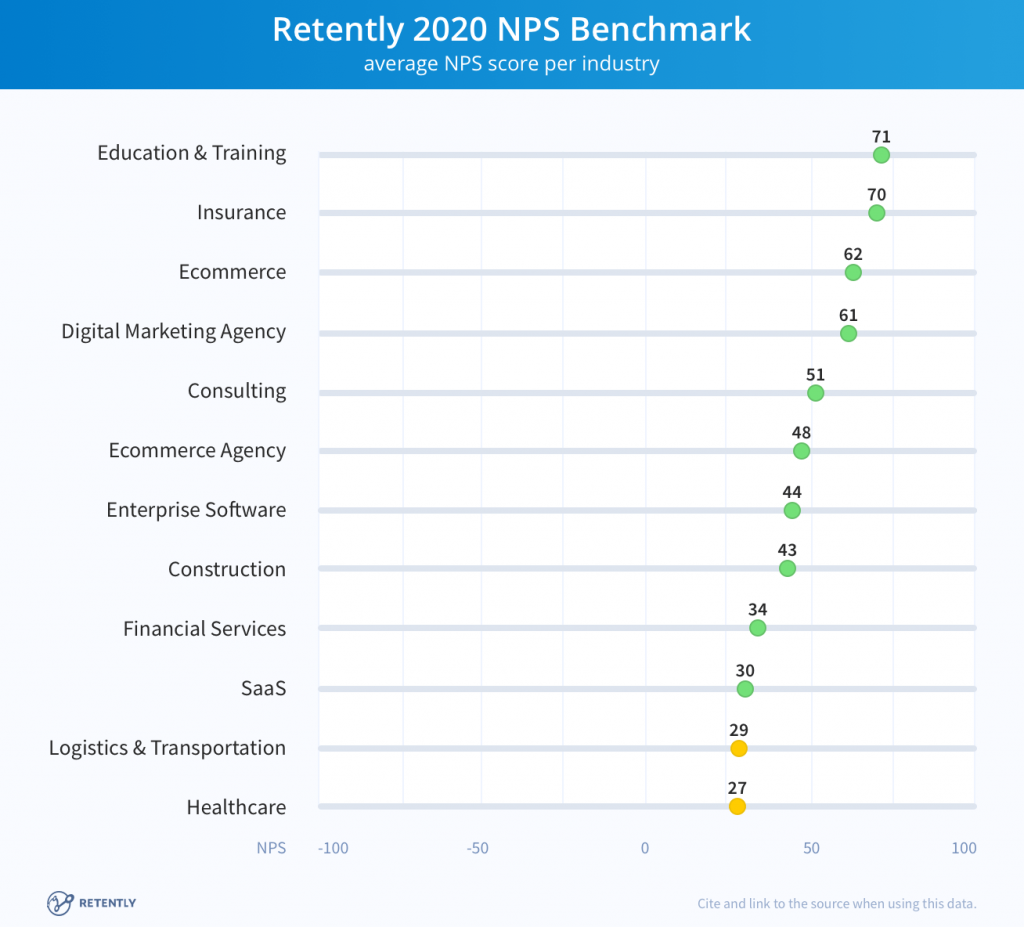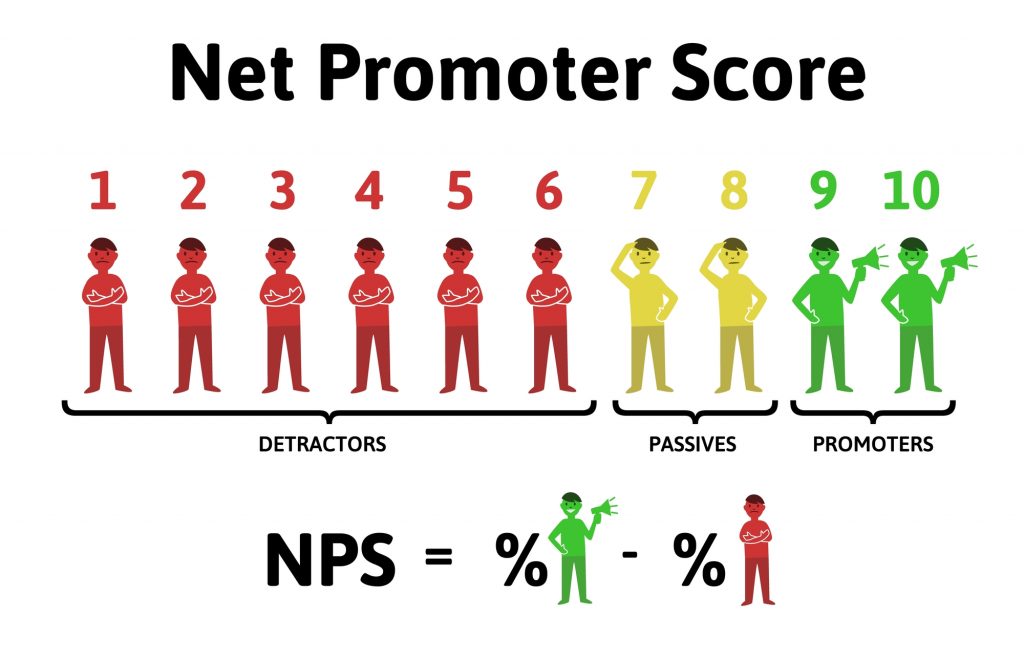For over a decade, organizations, especially global Fortune 500 companies, have used the Net Promoter Score (NPS) system as an important customer satisfaction tool and to test the strength of their brand. The education market including independent schools have also begun to adopt this metric, a long-time marketing standard.
As independent schools search for ways to improve their marketing strategy, especially the all-important word-of-mouth marketing, it is important to understand what NPS is and its usefulness.
 What does NPS measure?
What does NPS measure?
NPS asks a single-question survey: “How likely is it that you would recommend an organization to a friend or colleague?”
Customers are asked to answer the question with a 0 to 10 point rating, with rankings of 9 and 10 being extremely likely. Depending on their rating, customers are classified as detractors (score lower of equal to 0), passives (7-8 score) and promoters (9-10 score).
The benefits of NPS are that it’s easy to use and understand and simple to administer. Organizations frequently use NPS as a benchmark to measure brand perception over time, but some are placing too much weight on their NPS.
How should schools use NPS?
For schools, brand awareness and reputation are really no different than in companies.
Being able to quantitatively measure such loyalty to the brand is critical for attracting new families to your school and to retaining those you have. Every school wants and needs enthusiastic “promoters,” and NPS can help you easily and simply measure this.
It’s important, though, to keep this helpful tool in perspective:
What is a good NPS score?
NPS scores should only be looked at as in relation to one’s industry and competitive set. A “good” NPS score is different by industry.
Generally, NPS experts define a “good” score as anything above a 60, regardless of your industry. Some experts, like the experts at Retently, break it down further by denoting scores of 0-30 as “good”, scores of 30-70 as “great”, and a score between 70-100 as “excellent”.
Education and Training benchmarks are among the highest according to 2020 Benchmarks calculated by Retently.

NPS tends to overstate brand detractors.
NPS has been studied for many years and many prominent researchers have concluded that NPS, in its simplicity can overstate brand detractors. This means that perceived detractors may, in fact, have no opinion on your school’s brand or are, in fact, neutral. If you focus too much of your marketing budget trying to win over detractors, and it is overstated, you could be wasting your resources.
NPS is just one metric.
NPS gives you a good snapshot of customer satisfaction. But to truly measure your school’s relationship with your target audience (customers) and to develop a comprehensive, successful marketing strategy, you need more in-depth market research.
NPS does not measure how your school’s brand compares to your competitor’s. NPS recently added a Word of Mouth Index to its survey: How likely are you to discourage others from doing business with this company (or, in this case, from sending your children to this school)? The answers your parents provide will not give you enough context to drive decision making and to create the effective strategy you need.
Read more about market research in Kalix’s free eBook, Market Research: What it is and why it Matters.
NPS is not an accurate predictor of growth.
NPS can indicate the current strength of a brand, but a high NPS score does not accurately predict growth. You need more information to determine:
- Where your school’s brand is positioned in the market
- What size and value the potential market is
- How the other marketing elements such as awareness and conversion campaigns are affecting the realization of that potential
- So on and so on.
Basing marketing strategy on a high NPS score alone is just one piece of the puzzle. In-depth market research uses NPS to determine a larger, comprehensive view of your current and future market share.
NPS cannot tell you what’s driving the score.
The beauty of NPS is that it asks a single, very important question about customer satisfaction. But without follow-on questions that drill down into your parents’ positive or negative feelings about your school, you cannot uncover the reasons behind their NPS ranking.
It is critical that schools understand why parents (customers) choose the ranking they do. What factors – your school’s program, tuition, reputation, etc. – are causing positive or negative feelings?
This isn’t “nice to know” information. It is absolutely “need to know.” Without a full understanding of what’s behind a NPS ranking, your school can’t create an accurately targeted, effective marketing strategy. Depending on NPS rankings alone to drive decisions may lead to false conclusions about your brand.
NPS can be a helpful tool as part of a more in-depth marketing strategy. It’s important that schools use it as one of many key performance indicators to be evaluated when looking at your school’s brand. Gathering and evaluating more robust and comprehensive data are how your school makes good, informed decisions.
How can Kalix help you develop a better, more effective marketing strategy? Contact us.
Donna Balinkie is Kalix Marketing Strategy Lead.


